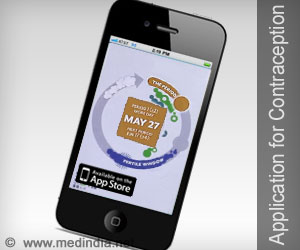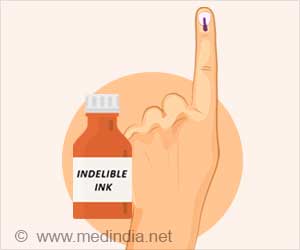- Pulse oximeter essential for COVID-19 patients seeking home treatment
- Pulse oximeter measures pulse rate and oxygen saturation level
- Patients with oxygen saturation level less than 94 and pulse rate higher than 90 need medical attention
Read More..
A pulse oximeter is a non-invasive, small electronic device which displays the heart rate and oxygen saturation level of the patient. It can measure the percentage of red blood cells that carry oxygen.
It determines how often the heart beats and how efficiently oxygen is being transported to different parts of the body.
How does a Pulse Oximeter Work?
The device attaches painlessly to a persons fingertip and can be used on fingers or toes. The finger clip pulse oximeter fits on the tip of the fingers.
How to Use a Pulse Oximeter?
The device can be clipped onto any of the fingers. Index finger is preferred as it shows vital signs of the body.
It is essential to ensure that the red light inside the pulse oximeter passes through the fingers.
The patient should wait for at least 10-15 seconds until the pulse waveform becomes regular and rhythmic.
Readings can be inaccurate when:
- Hands are dirty
- Hands are extremely dirty
- Usage in the presence of bright ambient/ fluorescent light
- Usage of nail polishes – especially pink and black
Why should COVID-19 Patients use a Pulse Oximeter?
An oxygen saturation value of 95% or higher is generally considered to be the normal oxygen level.
When the oxygen saturation level is around 92% or lesser, it suggests that the blood is poorly saturated and requires immediate medical attention.
Hypoxemia is the term for low blood oxygen. In hypoxemia the organs in the body may not work properly. Severe cases can also interfere with brain or heart function.
The use of a pulse oximeter is crucial for COVID-19 patients because SARS-CoV-2 can cause COVID pneumonia.
COVID pneumonia is an infection in which the lung’s alveoli (air sacs) are filled with fluid or pus.
The disease kills silently by reducing the oxygen levels in the blood. People may not even experience any difficulty in breathing.
The first case of COVID pneumonia was reported by doctors working in New York City. The condition is being calls as ‘Happy Hypoxia’
Patients don’t realize they have hypoxia as they grow accustomed t the decreasing levels of oxygen. When patients consult healthcare professionals late in the disease, there can be mortality.
Health officials should be contacted if the oxygen saturation value is lower than 94 and the pulse rate is higher than 90 beats per minute while at rest.
Self-care Practices During COVID-19
- Balanced diet
- Adequate amount of fluids and warm water
- Sufficient rest and sleep
- Fever
- Cough
- Fatigue
- Anorexia
- Shortness of breath
- Bluish lips or nose
- Muscle pain
- Sore throat
- Loss of smell or taste
- Diarrhoea
- Nausea
- Vomiting
- Altered sensorium
- Breathlessness
- Chest pain
- Drowsiness
- Coughing Blood
- Excessive tiredness
- Palpitation
Source-Medindia
















